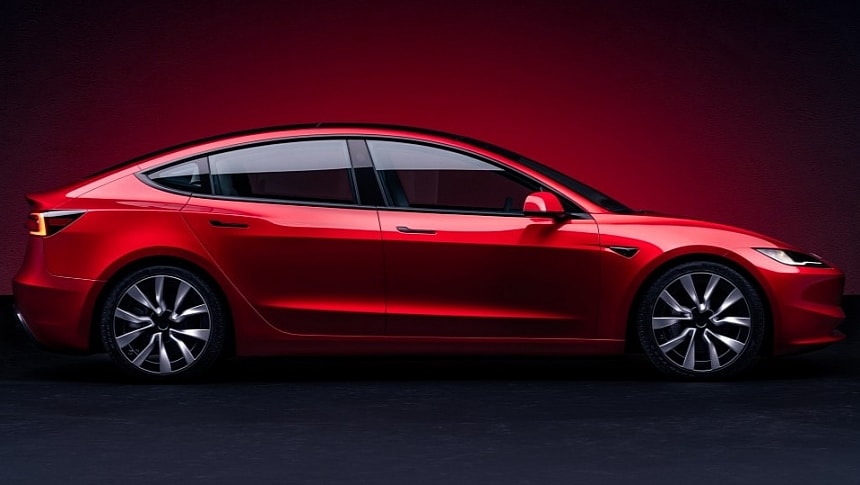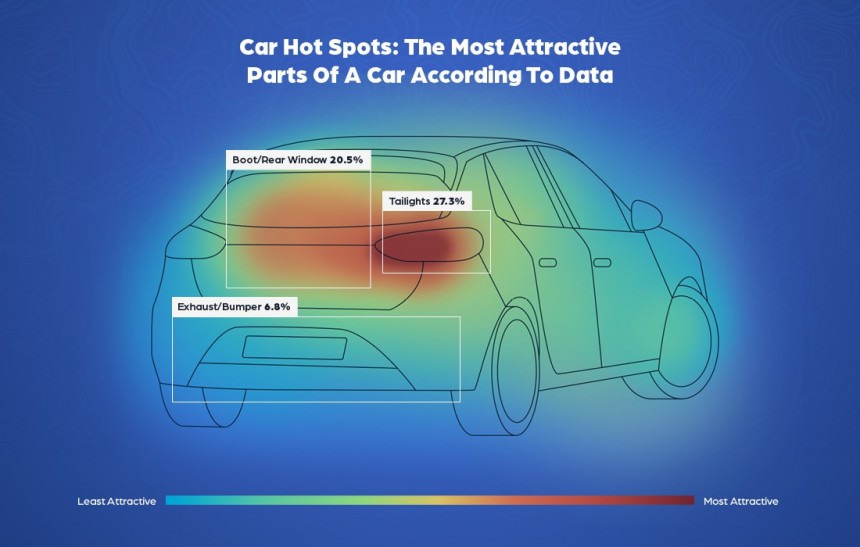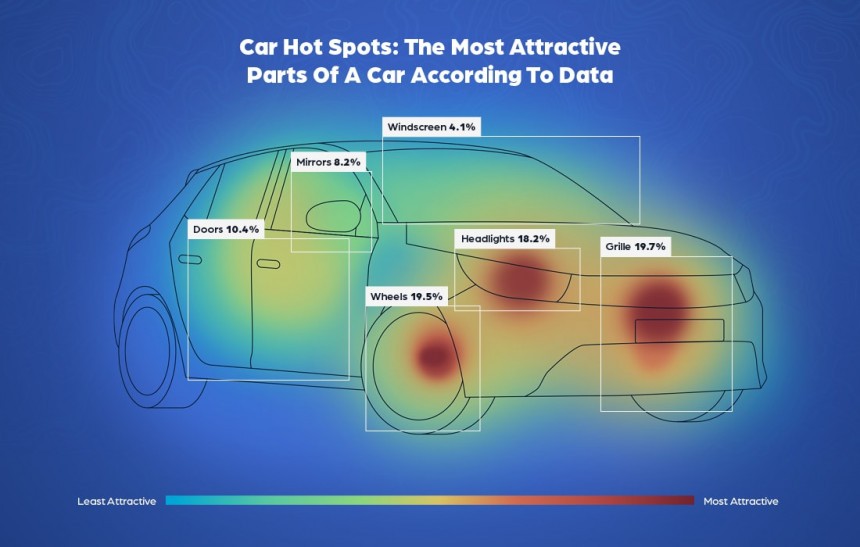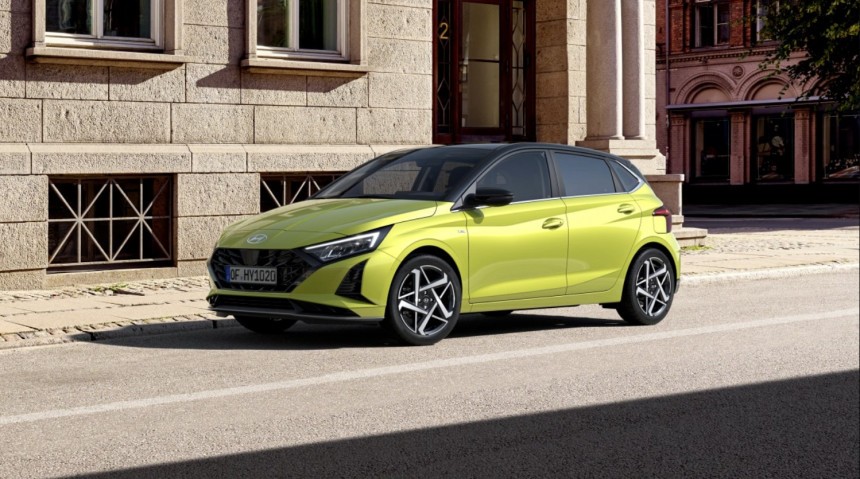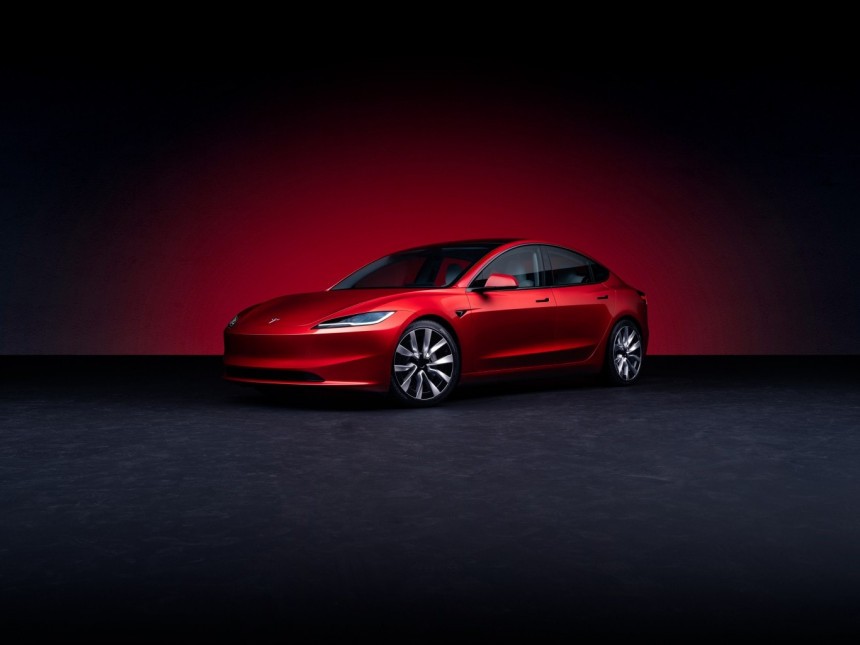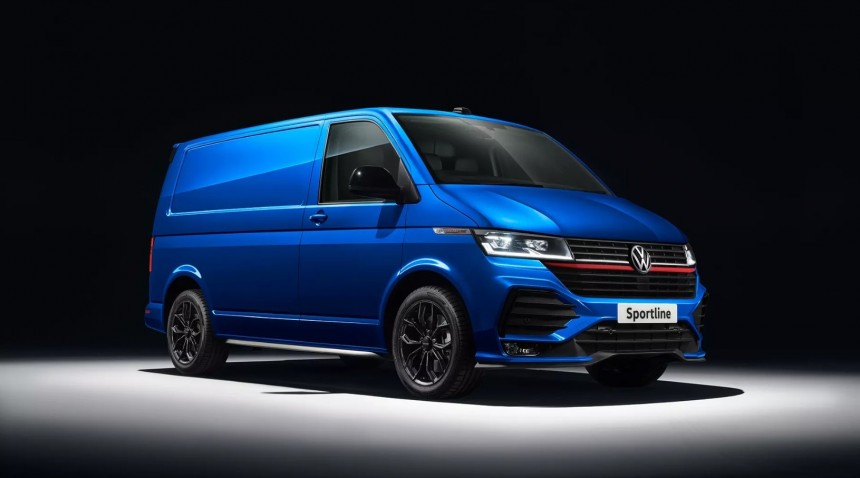I must have taken tens of thousands of photos of cars over the years. Some are hidden in an archive and may never see the light of day. The truth is, I'm no pro photographer. But I have developed a technique to get that right shot with every car.
Finding a car that looks formidable from every angle is less common than you may think. So, you'll need to try different perspectives before approaching the right one. After five years of owning an FC, I know its best angles. And whenever some fan of the model wants to take a photo of it, I'll guide him to the sweet spot. Sure, the whole process is much easier than a team of designers must go through when creating a new car. There are many things to remember, but knowing your potential customer is paramount.
Trial and error is one way to go, but a billion-dollar flop could severely damage the business. That's why manufacturers develop concept cars, testing the water for reactions. You'll see them at trade shows, on Social Media, or in company museums. Some designs never leave the drawing board; others never pass the clay model. Mazda has been teasing a successor for the RX-7 for what must have been a decade already, but it may never happen. But I digress.
These days, Artificial Intelligence is no longer just a matter of sci-fi movies or books. People use it to generate text, photos, and videos for amusement or work. Some fear it may bring doom to us all, while others embrace its potential to considerably improve our lives in the future. I'm stuck in the middle for now, and it may be time to start reading up on the topic and getting familiarized with it. Vanarama has conducted a very interesting study using eye-tracking software.
The purpose of it is to determine a map of a car's hot spots and also rank 100 cars and vans from most to least visually appealing. They say beauty is in the eye of the beholder, but whoever said that probably didn't anticipate the way modern technology would evolve. So, how can a piece of software determine what a human likes most in a car? The answer may sound like something from Asimov's work: "This AI program utilises a sophisticated deep learning algorithm, trained to interpret designs and images akin to human perception."
"Its training involved extensive datasets comprising 70,000 images sourced from both commissioned eye-tracking studies and open-source archives. As a result, the AI generates eye-tracking heatmaps with an impressive accuracy ranging from 90% to 96%." Vanarama fed the machine 200 pictures of the 100 best-selling cars, providing both front and rear angles. The software also went through 25 different vans, with an additional 100 pictures. After analysing the data, the software generated heat maps revealing the most visually appealing parts of each vehicle. How about that?
In recent years, I have heard and seen hundreds of people complaining about BMW's new huge grille design. I was appalled by it at first, but watching people's reactions, I arrived at an interesting theory. What if BMW designers went down this route with controversy in mind? For every person sharing photos of the new models on social media and throwing rocks at them, hundreds of other people in his circle would notice it, too. We all have different opinions on things, and sometimes, others will disagree with you to have a different perspective.
This may be just a theory of mine, but it may be partially true as well. The question is, how big of a role does the grille play when attracting someone's interest? According to Vanarama's study, the front grille ranks third on the list with a score of 19.7%. So, what other parts of the car rank first? I'm not going to quote Sir-Mix-a-Lot on this, but you may be aware of what his most popular all-time song is.
"The analysis unveiled an intriguing preference. The car's rear drew the eye-tracking software's focus more than the front." The taillights take center stage with an average of 27.3%, whereas the boot and rear window are down to 20.5% of attention. The wheels scored slightly better than the headlights, while the doors outperformed the mirrors. As expected, van-focused results were slightly different, and the front grille is the main interest point, according to the study.
I'm sure some of you will disagree with the results of this study, and I'd love to hear your opinions on the topic. The eye-tracking software determined the most attractive car to be the Hyundai i20. The South Korean company has come a long way since the '90s, that's for sure. I haven't driven any of their products in the past 15 years, and for some reason, I wouldn't even consider buying one anytime soon. But that's just me.
The i20 comes in second place, and the Kia Soul is third. Before you think this is just a marketing stunt for the Korean automotive industry, learn that Volkswagen I.D.4 scored the fourth highest, tied with the Mercedes-Benz GLE. Judging by the best headlights, the i10 is again in P2, caught between the Renault Captur (poll winner) and the Suzuki Ignis (P3).
The Volkswagen Tiguan Allspace takes the Best Grille award, with a safe margin compared to the Skoda Kodiaq and Jeep Compass. The VW I.D.3 just barely won Best Wheels, fending off the Hyundai Ioniq 5 and the Ford Mustang Mach-E. The software really liked the Kia Soul's taillights more than it did the ones on the i20 and the Honda HR-V.
Tesla fans, look away for this one. The Model 3 scored lowest in the Attractiveness study, and the Model Y was slightly behind. Cars like the Skoda Octavia, Dacia Duster (worst headlights) and Renault Clio performed better this time. According to the study, the Hyundai Kona has the worst grille of the bunch, while the Jeep Renegade has the worst wheels.
Meanwhile, the Worst Taillights podium is an all-Japanese affair, with one Nissan (the X-Trail) and two Toyotas (the RAV 4 and the Aygo) scoring "top" honors. I don't know about you, but I'd love to see this software going through all the different car models ever made. I imagine it would take weeks, if not months, for it to process that kind of data.
But let's move on to the vans: the Volkswagen Transporter is the winner here. The Renault Master and Vauxhall Vivaro are almost tied in P2 and P3, respectively, and it's shocking to see their attractiveness level is higher than that of the BMW X5 or the Volvo XC90. According to the software, Volkswagen is on a roll these days: the I.D. Buzz has the best-looking wheels, while the Caddy takes second. Renault won the Best Grille and Best Taillights categories, thanks to the Kangoo and the Master.
And while the Peugeot Expert has the best headlights, the French manufacturer suffers defeat with the Boxer: the least attractive van on the list. The Fiat Ducato didn't fare so well, scoring poorly in the Grille and Taillights categories. Going through this study, I wonder one thing: are car manufacturers already using AI to determine what the following cars will look like? Are we stubborn enough to think that software won't be able to bring any emotion to the table just because they're not living organisms like us?
Or is the constant chase for profit going to leave many jobless, revealing products that are increasingly cost-effective and soulless? Artificial Intelligence could change our lives within the next decade, but it's up to us to ensure it will have a positive impact. I hope we won't be blinded by greed and comfort in the process.
Trial and error is one way to go, but a billion-dollar flop could severely damage the business. That's why manufacturers develop concept cars, testing the water for reactions. You'll see them at trade shows, on Social Media, or in company museums. Some designs never leave the drawing board; others never pass the clay model. Mazda has been teasing a successor for the RX-7 for what must have been a decade already, but it may never happen. But I digress.
The Study
The purpose of it is to determine a map of a car's hot spots and also rank 100 cars and vans from most to least visually appealing. They say beauty is in the eye of the beholder, but whoever said that probably didn't anticipate the way modern technology would evolve. So, how can a piece of software determine what a human likes most in a car? The answer may sound like something from Asimov's work: "This AI program utilises a sophisticated deep learning algorithm, trained to interpret designs and images akin to human perception."
"Its training involved extensive datasets comprising 70,000 images sourced from both commissioned eye-tracking studies and open-source archives. As a result, the AI generates eye-tracking heatmaps with an impressive accuracy ranging from 90% to 96%." Vanarama fed the machine 200 pictures of the 100 best-selling cars, providing both front and rear angles. The software also went through 25 different vans, with an additional 100 pictures. After analysing the data, the software generated heat maps revealing the most visually appealing parts of each vehicle. How about that?
Hot Spots, Cars & Vans
This may be just a theory of mine, but it may be partially true as well. The question is, how big of a role does the grille play when attracting someone's interest? According to Vanarama's study, the front grille ranks third on the list with a score of 19.7%. So, what other parts of the car rank first? I'm not going to quote Sir-Mix-a-Lot on this, but you may be aware of what his most popular all-time song is.
"The analysis unveiled an intriguing preference. The car's rear drew the eye-tracking software's focus more than the front." The taillights take center stage with an average of 27.3%, whereas the boot and rear window are down to 20.5% of attention. The wheels scored slightly better than the headlights, while the doors outperformed the mirrors. As expected, van-focused results were slightly different, and the front grille is the main interest point, according to the study.
Most Attractive Vehicles
The i20 comes in second place, and the Kia Soul is third. Before you think this is just a marketing stunt for the Korean automotive industry, learn that Volkswagen I.D.4 scored the fourth highest, tied with the Mercedes-Benz GLE. Judging by the best headlights, the i10 is again in P2, caught between the Renault Captur (poll winner) and the Suzuki Ignis (P3).
The Volkswagen Tiguan Allspace takes the Best Grille award, with a safe margin compared to the Skoda Kodiaq and Jeep Compass. The VW I.D.3 just barely won Best Wheels, fending off the Hyundai Ioniq 5 and the Ford Mustang Mach-E. The software really liked the Kia Soul's taillights more than it did the ones on the i20 and the Honda HR-V.
Least Attractive Vehicles
Meanwhile, the Worst Taillights podium is an all-Japanese affair, with one Nissan (the X-Trail) and two Toyotas (the RAV 4 and the Aygo) scoring "top" honors. I don't know about you, but I'd love to see this software going through all the different car models ever made. I imagine it would take weeks, if not months, for it to process that kind of data.
Most and Least Attractive Vans
And while the Peugeot Expert has the best headlights, the French manufacturer suffers defeat with the Boxer: the least attractive van on the list. The Fiat Ducato didn't fare so well, scoring poorly in the Grille and Taillights categories. Going through this study, I wonder one thing: are car manufacturers already using AI to determine what the following cars will look like? Are we stubborn enough to think that software won't be able to bring any emotion to the table just because they're not living organisms like us?
Or is the constant chase for profit going to leave many jobless, revealing products that are increasingly cost-effective and soulless? Artificial Intelligence could change our lives within the next decade, but it's up to us to ensure it will have a positive impact. I hope we won't be blinded by greed and comfort in the process.
